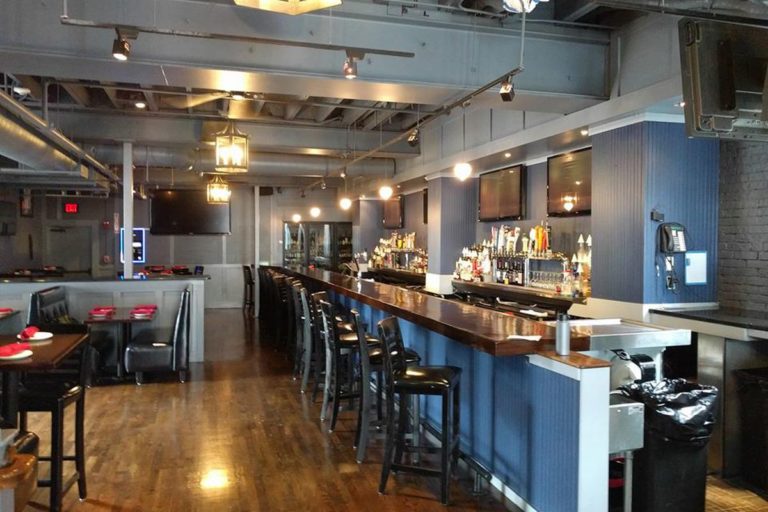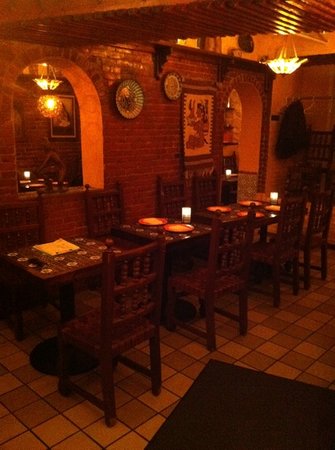AMERICANS LOVE FOOD. THAT FACT IS INDISPUTABLE. DISCOMFORT OF BANKS DUE TO RESTAURANT LOANS
Websites including The Daily Meal and Toast, the award-winning restaurant industry blog, are dedicated to the dining experience. We have all cable network, the Food Network devoted to eating. In addition to the Food Network, viewers can watch a variety of reality shows in restaurants.
In June 2017, the USA today reported that the average Millennial eats five times a week. Research Bankrate.com [https://www.bankrate.com] concluded that Millennials spend money on eating out or ordering in from online services, so they don’t save as much as they could. Having websites like Uber Eats [https://www.ubereats.com/en-US] and Grubhub [https://www.grubhub.com] makes it easy to deliver food right to their doors.
From the report of the Bureau of Labor Statistics , it follows that for April 2017, the average family in the U.S. spends on average just over $3,000 on food in 2015. That’s up from $ 2,785 last year. For individuals in the top 20 % of income, the average is over $6,000.
No wonder why so many novice restaurateurs want to get into the game. A lot of people who are disappointed with their current career and love to cook, prefer to take the plunge and open their own restaurant. The biggest problem is often getting a loan to open a restaurant from scratch. Start-up costs include: the signing a lease, the purchase of the building, obtaining permits and insurance, the purchase of restaurant equipment, hiring and training of personnel, as well as the purchase of equipment.
However, established restaurants may need working capital. Unforeseen conditions that affect the disposable income of consumers are events that can significantly affect the profit of the restaurant owner (for example, equipment repairs, seasonal declines, bad weather, etc.). At the same time, staff must be paid salary, inventory must be purchased, and maintenance and insurance costs can mount.
Consider below the types of loans that are available for restaurants
Term loan
Banks have long offered loans for startup. According to the latest Biz2Credit Small Business Lending Index [https://www.biz2credit.com/small-business-lending-index], big banks (assets over $10 billion) approve more than one of the four (25.6%) of the small business loan applications they receive. This figure is the post-crisis high for the Index, which tracks the approval rate of business loans since January 2011.
Loans SBA
The Small Business Administration (SBA) works with approved lending partners, including numerous regional and community banks to provide funding to aspiring restaurant owners. The federal agency provides state guarantees – up to 75% of the loan amount – to creditors in order to reduce their risk and encourage them to lend. Because of this, SBA loans are indeed easier to obtain than traditional bank loans. But because the government is involved, things are moving slower and more paperwork is required.
Business Line of Credit
Business credit line can be a lifeline for business during emergencies. This is a lump sum amount of money that the bank can provide during a period of cash shortage or make significant purchases at a lower interest rate than credit cards offer. Borrowers pay interest only on the amount of credit that is used. For example, a company that has a credit line of $ 30,000. It will pay interest only in the amount of $ 3,000.
Alternative lenders
Traditional bank loan and SBA loan underwriters look at personal credit scores when making credit decisions. If the potential borrower’s FICO score is too low, the restaurant funding application will be rejected. However, alternative (non-bank) lenders can provide financing (BUT at higher interest rates). Many of them are willing to give credit to owners with bad credit history. Non-bank lenders make quick approval decisions. They will look more at the performance, past experience of the owner and the potential of the restaurant, not on credit scores.
Since alternative lenders are willing to lend to enterprises with higher risk, the cost of capital will be much higher. They will charge a fee of 20% or more. Thus, alternative lending is suitable for short-term cash crisis. Once revenues expand, the restaurateur will want to pay off an expensive loan quickly or get a less expensive source of funding.
Different circumstances require different types of financial solutions. Startups can count on SBA loans from lenders who need government guarantees. However, well-known restaurants with record levels of financing can get traditional Bank loans. A restaurateur who has come to this territory may have to look for an alternative lender if he or she is not eligible for a bank loan or SBA and currently has a business line of credit.






